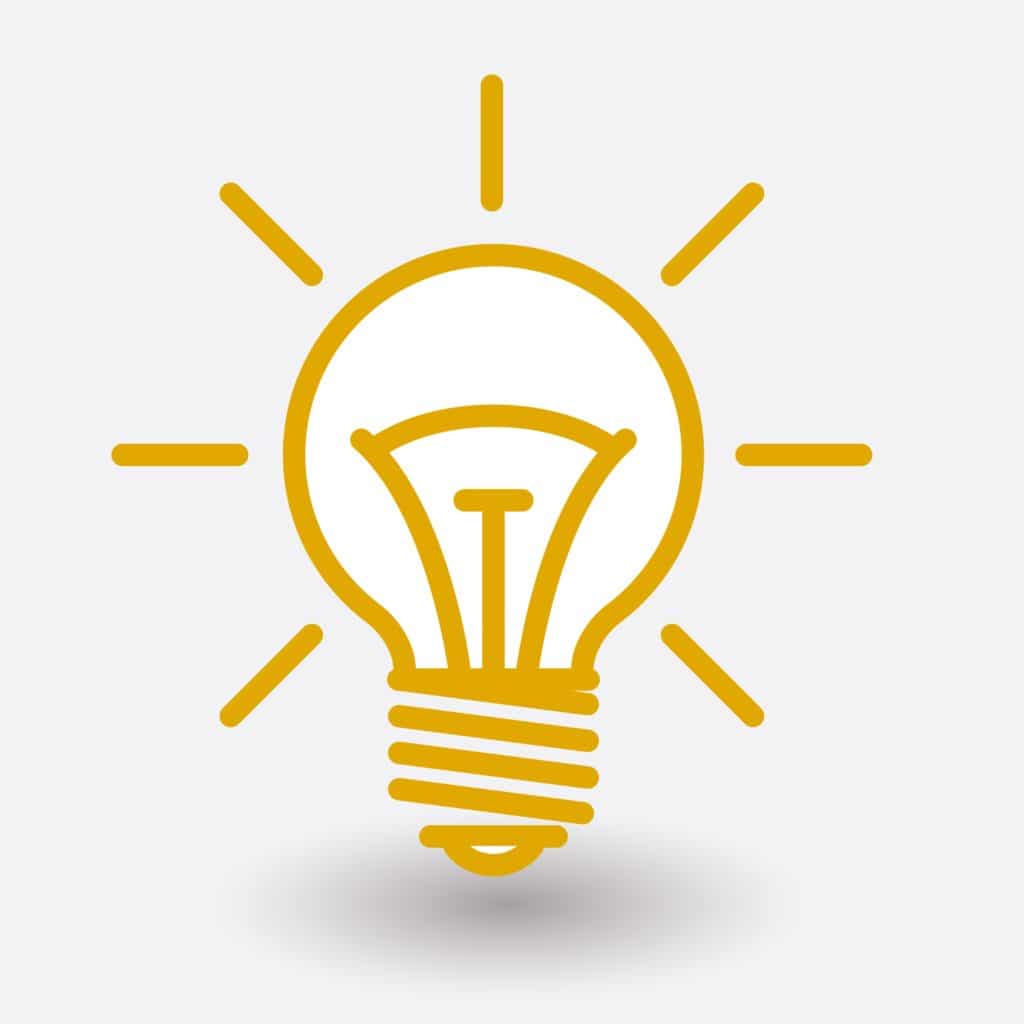Podcast: Play in new window | Download
Subscribe: Apple Podcasts | Email | RSS
Patent My Idea
Unlocking the Potential of Your Idea: A Guide to Patenting with Verna Law, P.C.
Are you eager to transform your innovative concept into a protected invention? You can patent your idea! At Verna Law, P.C., we specialize in navigating the intricate process of patenting your idea: securing your intellectual property with precision.
The short version is
- Research: Check if your idea is unique and hasn’t been patented before.
- Document: Keep detailed records of your idea, including sketches, prototypes, and descriptions.
- File a patent application: Submit your application to the relevant patent office.
- Examination: Your application will be reviewed to ensure it meets the criteria.
- Grant: Once approved, you’ll receive your patent protection.
Understanding the Basics: What is a Patent?
A patent is more than a legal document; it’s a shield for inventors. Issued by the United States Patent and Trademark Office (USPTO), it grants exclusive property rights to inventors, safeguarding their creations. The typical term of a new patent spans 15-20 years from the application filing date.
Ideas vs. Inventions: Unveiling the Distinction
Crucially, patents aren’t granted for mere ideas but for tangible inventions. To guide you through this journey, it’s vital to recognize the three primary patent types:
- Utility Patents: For those who devise new and useful processes, machines, articles of manufacture, or compositions of matter, including improvements.
- Design Patents: Granted to inventors with new, original, and ornamental designs for articles of manufacture.
- Plant Patents: Reserved for those who discover and asexually reproduce distinct and novel plant varieties.
Step One – Launching Your Patent Journey: The Patent Search
The path to patenting begins with a comprehensive patent search. Wondering how to patent an idea? Your concept must fall within specific categories like processes, machines, articles of manufacture, compositions of matter, or their improvements. However, abstract ideas, natural phenomena, and non-useful inventions are ineligible.
The term “useful” implies more than functionality; it encompasses utility and operativeness. A machine that fails to perform its intended purpose is not deemed useful. Moreover, your idea must be novel, non-obvious, and practical.
To ensure your idea meets these criteria, our experts at Verna Law, P.C. conduct a rigorous patent search. This includes evaluating prior art such as U.S. patents, foreign patents, and printed publications. Our formalized process delivers a list of patents with similarities and an opinion letter, signed by both an attorney and a patent agent. This letter not only highlights the distinctions between your idea and existing art but also equips you to present a compelling case to the USPTO.
Ready to patent your idea? Trust Verna Law, P.C. to guide you through every step of the patenting process. E-mail at anthony@vernalaw.com or call at 914-908-6757.
Here is a video blog on what a patent is:
Step Two – Filing a Patent: Safeguarding Your Innovation
Embarking on the journey to secure a patent involves navigating the intricacies of the filing process. A U.S. non-provisional (formal) patent acts as a standard protective measure, offering a safeguard for your invention within the United States for a span of 15-20 years post-filing. This duration varies based on the type of patent and the filing date.
The road to obtaining a formal patent is a meticulous one, typically spanning one to three years. To successfully acquire a patent, your application must articulate:
- Demonstration of Implementation: Clearly illustrate how to create and utilize the invention.
- Delineation from Prior Art: Explain why your invention stands apart from existing ones, known as the prior art.
- Precise Description of Patentable Aspects: Provide an exact and comprehensive description of the invention’s patentable facets.
At the heart of a patent application are the claims – technical terms outlining the scope of protection. Positioned at the end of a printed patent or prominently featured in the USPTO database, these claims serve as the foundation of patent protection. Deciphering them is crucial for determining infringement liability and understanding the boundaries of protection.
Interpreting patent claims poses challenges due to their legalistic nature and potential nuances. Proper interpretation requires referencing the patent specification and drawings, considering statements made during the application’s prosecution, and acknowledging the “Doctrine of Equivalents.”
Step Four– Patent Monitoring and Enforcement: Protecting Your Intellectual Territory
Upon the USPTO granting a patent, the owner gains a limited-time monopoly on the invention’s creation, use, sale, and importation. Enforcing these rights becomes the responsibility of the patent owner, who possesses the authority to litigate against unauthorized activities such as making, using, or selling the patented invention.
This exclusive period spans 20 years from the application date. In cases of infringement, courts may issue injunctions and significant damages, especially for “willful” infringers. Literal infringement involves an exact replication of the patented claims, while the Doctrine of Equivalents considers substantial similarity, broadening the scope of protection.
Successful patent enforcement demands a blend of legal and technical due diligence. It involves assessing the patent’s validity, proving infringement through claim construction, and evaluating damages to cover legal costs. To bolster your position, a patent owner must amass sufficient data and information to gauge the similarity between their invention and potentially infringing products.
At Verna Law, P.C., we specialize in navigating the complex landscape of patent filing, monitoring, and enforcement. Trust us to safeguard your innovation at every step.
If you have any questions about how to patent your idea, please call Verna Law, P.C. at 914-908-6757 or send an e-mail to anthony@vernalaw.com.

